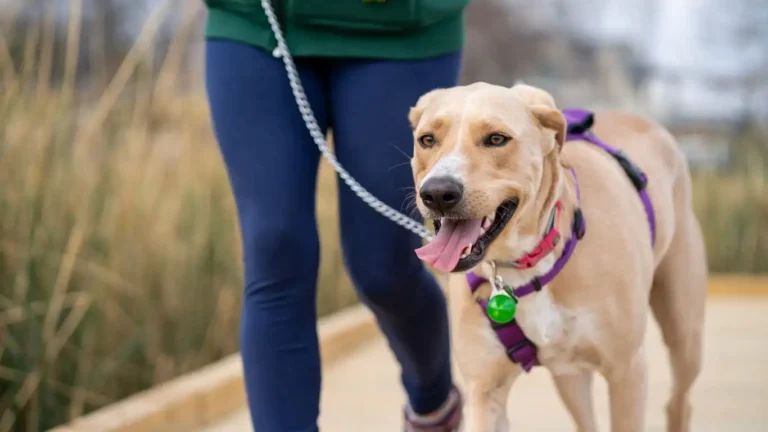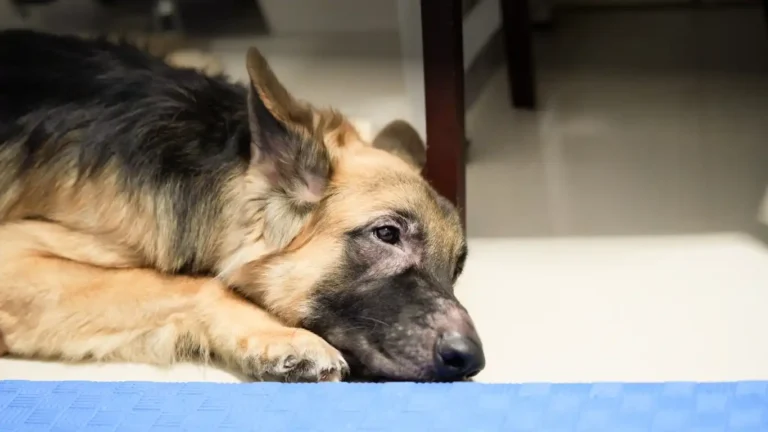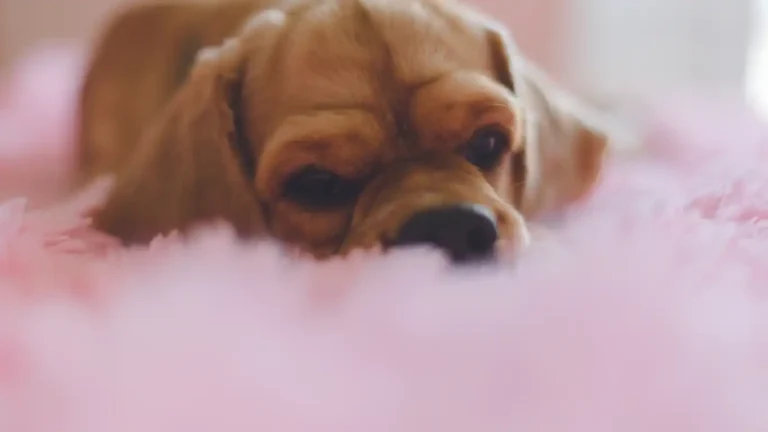Effective Guide: How to Help a Dog Get Used to Wearing a Muzzle Easily
As a veterinary technician with years of experience working with pets, I’ve seen it all—from puppies who are scared of anything that touches their faces to adult dogs who act as though they’ve never seen a muzzle in their life. For pet owners, getting their dog to feel comfortable wearing a muzzle can seem like a daunting task. But trust me, it’s not impossible. Whether you’re dealing with a dog who’s fearful or one that’s a little too enthusiastic about trying to bite, learning how to help a dog get used to wearing a muzzle is a skill that can make both your lives a lot easier. Let’s dive in and break down the process step by step, so you can feel confident that your dog is getting comfortable with this essential tool.
Understanding Why Your Dog Needs a Muzzle

Before we get into the process of acclimating your dog to a muzzle, it’s important to understand why you might need one in the first place. A muzzle can be a lifesaver for a number of reasons. In my experience, I’ve had pet owners come to me asking for help with dogs that show aggression, fear, or discomfort at the vet’s office. But there are also cases where dogs may have to wear muzzles to prevent them from hurting themselves, especially if they’re dealing with injury or illness. In other words, muzzles aren’t just for aggressive dogs—they’re a safety tool for a range of situations.
For example, some dogs may be so anxious or nervous that they react unpredictably when they’re at the vet or groomer. Others may have a tendency to bite when they’re in pain or stressed. In these cases, a muzzle becomes an important tool to ensure the safety of everyone involved. But here’s the thing: A muzzle should *never* be a punishment. Instead, it’s a way to help your dog feel more secure in situations where they might otherwise feel vulnerable.
Start Slow: Introduce the Muzzle Gently
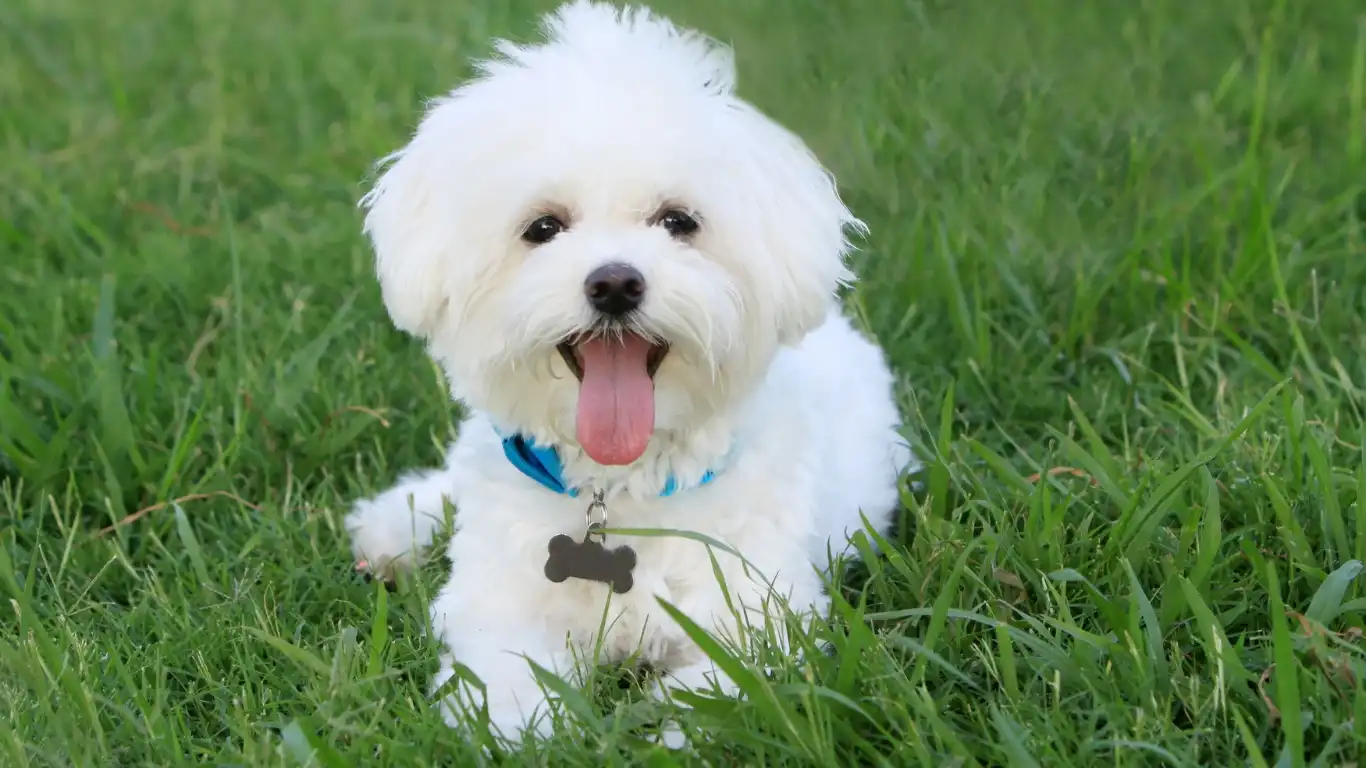
When it comes to teaching your dog to wear a muzzle, patience is key. Jumping straight into putting the muzzle on your dog may lead to a lot of stress, both for you and your pup. That’s why I always recommend starting with gradual exposure. Think of it like introducing a new toy or even a new person into your dog’s life—it takes time to build trust and understanding.
Start by simply showing the muzzle to your dog. Let them sniff it, examine it, and get familiar with it without any pressure. This step might seem small, but it’s the foundation of building positive associations with the muzzle. If your dog seems hesitant or unsure, don’t force the issue. Instead, try associating the muzzle with something positive, like a tasty treat or a fun play session. The goal here is to let your dog know that the muzzle doesn’t mean something bad is coming—they’re simply being introduced to a new object in their environment.
Positive Reinforcement: Reward Every Step
As with most dog training, positive reinforcement goes a long way in helping your dog learn. Every time your dog approaches the muzzle, give them a treat. When they sniff it, reward them. If they allow it to touch their nose or face, celebrate that moment with a high-value treat or praise. Over time, they’ll start to associate the muzzle with good things, and the fear or hesitation they once had will begin to fade.
One trick I’ve found effective is to incorporate the muzzle into your daily routine. For example, you could place the muzzle near their food dish during mealtime or even use it as a tool for short training sessions. This creates an opportunity for your dog to see the muzzle as just another part of their day, not something to be feared.
Desensitizing Your Dog to the Muzzle
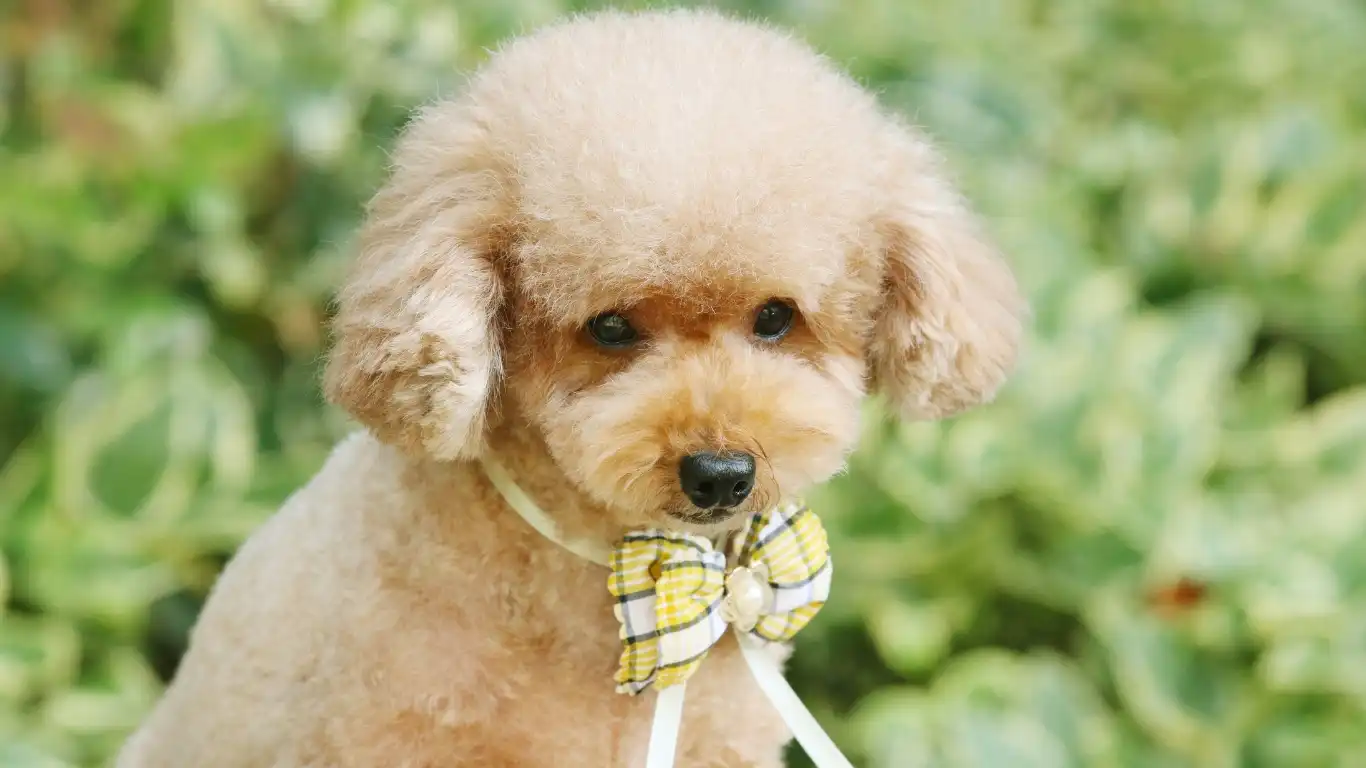
Once your dog is comfortable with the idea of the muzzle being near them, the next step is desensitizing them to actually wearing it. The trick here is to go slowly and let your dog’s comfort level guide the process. If they’re nervous about putting the muzzle on, take a step back. You can start by placing the muzzle on their face for just a few seconds at a time, gradually increasing the duration as they get more comfortable.
During these short sessions, make sure to offer praise and treats for remaining calm. Keep the mood light and relaxed, as stressing your dog out during the process will only set you back. Remember, this is all about building trust. I can’t tell you how many times I’ve seen dogs learn to love their muzzles simply because their owners took a step-by-step approach, rewarding every bit of progress along the way.
Stay Calm and Consistent
Another important tip is to stay calm yourself. Dogs are incredibly perceptive and can often pick up on their owners’ emotions. If you’re feeling stressed or anxious about the process, your dog may feel that too, making them even more apprehensive. Consistency is also crucial. Try to incorporate muzzle training into your dog’s routine at the same time each day, and keep the sessions short but regular. Over time, your dog will start to associate the muzzle with routine and predictability, which can help reduce their anxiety.
Increase the Time Your Dog Wears the Muzzle

Once your dog has gotten used to the muzzle being on their face for short periods, it’s time to start extending those sessions. Don’t rush this step; instead, gradually build up the time your dog wears the muzzle, making sure they stay calm and relaxed throughout. I’ve found that dogs usually do well when they’re gradually introduced to more extended periods of wearing the muzzle in low-stress environments, like at home. This gives them a chance to feel more comfortable while getting used to the sensation of having something on their face.
Start by increasing the duration to a minute or two, then gradually work your way up as your dog becomes more accustomed to the feeling. If they start to show signs of discomfort, such as pawing at the muzzle or shaking their head, don’t immediately remove it. This can reinforce a negative association with the muzzle. Instead, try to redirect their focus, keep them calm, and reward them for staying calm in the situation. Over time, they’ll learn that the muzzle isn’t a big deal and can be worn without causing distress.
Use the Muzzle for Positive Activities
To make the muzzle training process even smoother, try incorporating it into fun, positive activities. It can be tempting to only use the muzzle during stressful situations like vet visits, but this approach can unintentionally create negative associations for your dog. Instead, try wearing the muzzle during enjoyable activities like walks, car rides, or playtime in the yard.
In my experience, dogs are much more likely to tolerate a muzzle if they associate it with things they enjoy. For example, if you’re going on a walk and your dog needs to wear the muzzle for safety, pair it with a walk that they love. The goal here is to make the muzzle feel like a normal part of fun experiences rather than a signal that something unpleasant is about to happen. This positive reinforcement helps the dog feel more at ease with the muzzle on and makes it a regular part of their routine.
Teach Your Dog to Wear the Muzzle While Moving

Once your dog is comfortable wearing the muzzle while standing still, the next step is getting them used to moving around with it on. This is a crucial step, especially if you plan to use the muzzle for walks or trips to the vet. I always recommend taking it one step at a time. Begin by encouraging your dog to move around a bit while wearing the muzzle. You can do this by enticing them with treats, toys, or even starting a game of fetch. Keep it light and fun!
If your dog hesitates or shows signs of discomfort, take a break and return to a simpler step—maybe just putting the muzzle on for a few moments at a time, followed by a treat. The key is to keep the process positive and gradual so that your dog can build confidence while moving in the muzzle.
Practice Muzzle Wearing in Different Locations
Consistency is important, but it’s also helpful to expose your dog to wearing the muzzle in different settings. If your dog only wears the muzzle at home, they may become resistant or anxious when it’s time to wear it in a new location, like the car or at the vet’s office. To avoid this, gradually introduce the muzzle in various environments to help your dog generalize the experience and feel comfortable in any situation.
For example, you can practice wearing the muzzle while in the car, sitting in a different room of the house, or even on walks in your neighborhood. Over time, your dog will learn that the muzzle is a neutral object that they can wear anywhere, which is especially helpful when they need it most, such as in unfamiliar or potentially stressful environments.
Recognize Signs of Stress and Take Breaks
Training your dog to wear a muzzle is a process, and like any training, it requires patience and awareness. Sometimes, despite our best efforts, dogs can become stressed or uncomfortable. I’ve worked with many pet owners who were determined to push their dog through the process too quickly, and this often backfires. Recognizing when your dog is stressed is crucial in preventing setbacks. Signs that your dog may be uncomfortable include excessive drooling, pawing at the muzzle, whining, or trying to remove it by scratching their face or rubbing against furniture.
If you notice these signs, it’s important to slow down and take a break. You may need to go back a step in the process and focus on positive associations again, like rewarding them for simply sniffing the muzzle or letting it touch their nose. Remember, the goal is to make the muzzle-wearing experience as positive and stress-free as possible, and that can’t happen if your dog is overwhelmed.
Always Use a Muzzle That Fits Properly
One of the most common mistakes I see is people using muzzles that don’t fit their dogs properly. A muzzle that’s too tight can cause discomfort, restrict breathing, and make your dog anxious. On the other hand, a muzzle that’s too loose might fall off or be ineffective in preventing biting. When choosing a muzzle, make sure it’s the right size for your dog’s breed and head shape. You should be able to fit a couple of fingers between the muzzle and your dog’s skin without it being too tight.
If you’re unsure about the right size, it’s always a good idea to consult your vet or a professional dog trainer for advice. A well-fitting muzzle is not only more comfortable for your dog but also ensures that it serves its purpose effectively, whether that’s for safety during grooming, medical procedures, or preventing aggressive behavior.
Handling Setbacks: What to Do If Your Dog Resists the Muzzle

While it’s normal for some dogs to need more time than others to get used to wearing a muzzle, it’s important to recognize when your dog is resisting the training process. In my experience, resistance often happens when a dog has had a negative experience with the muzzle or when the introduction to it has been rushed. If your dog is showing signs of fear, anxiety, or aggression, it’s crucial to reassess the training plan and adjust accordingly. There’s no shame in taking a step back and going at your dog’s pace.
One common issue I see with clients is a dog trying to “fight” against the muzzle by pawing at it or trying to remove it. If this happens, try not to reinforce the behavior by immediately removing the muzzle. Instead, consider pausing the training session and using a calmer approach, such as placing the muzzle nearby and rewarding your dog for simply being calm around it. Repeating this process will gradually help to desensitize your dog to the muzzle without forcing them to wear it for longer than they’re comfortable.
Consulting a Professional if Needed
If despite your best efforts, your dog continues to struggle with wearing a muzzle, it might be time to seek professional help. I always recommend consulting a dog trainer or behaviorist who specializes in fear-based behavior or muzzle training. A professional can assess the situation, offer personalized advice, and guide you through a more tailored approach that works for your dog’s specific needs. It’s important to remember that some dogs may have deeper-rooted fears or anxiety issues that need to be addressed before muzzle training can be fully successful.
Additionally, veterinarians can also provide valuable advice on training methods and may suggest a different type of muzzle that might be a better fit for your dog. Consulting with an expert ensures you’re taking the right steps to ensure your dog’s well-being and your peace of mind.
How to Keep Your Dog Comfortable While Wearing a Muzzle
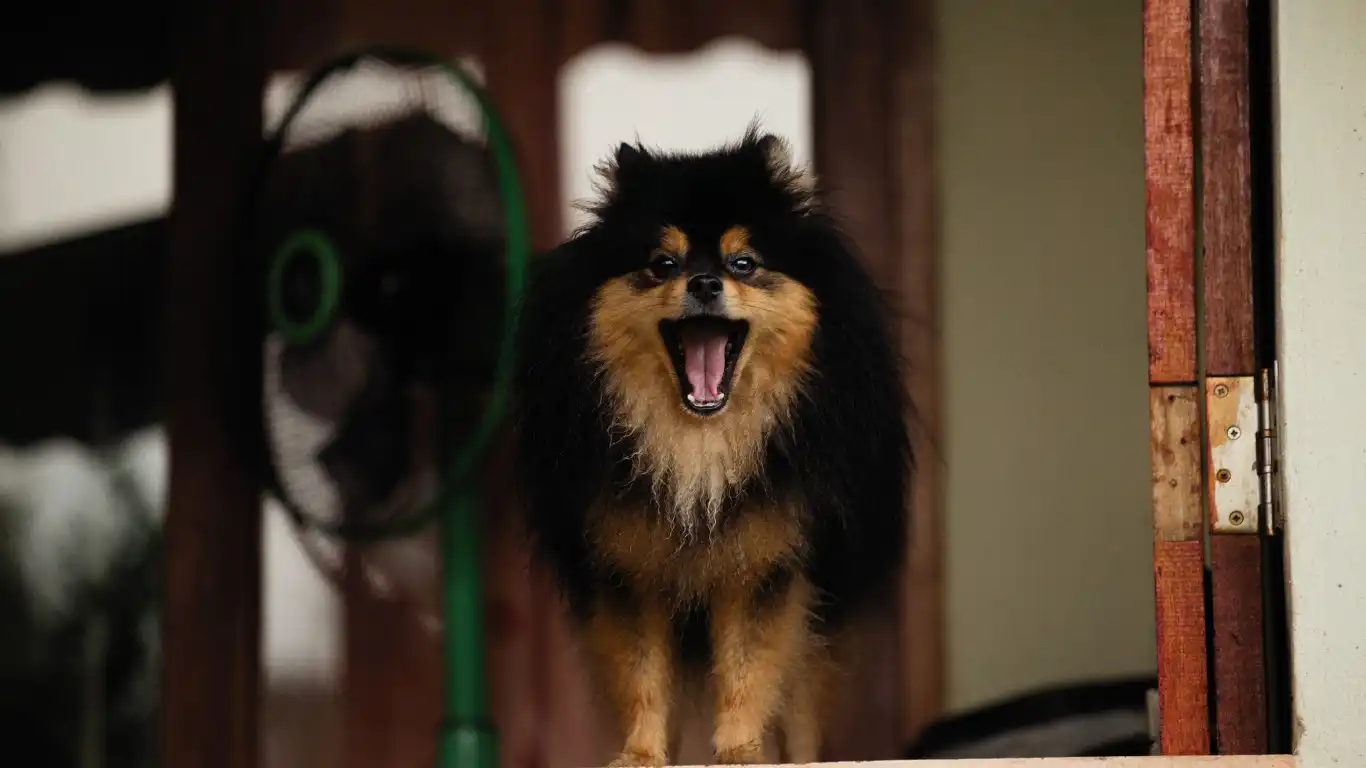
As you work on getting your dog used to wearing a muzzle, it’s important to keep their comfort in mind. I’ve always found that a dog’s comfort during this process is key to long-term success. If the muzzle is uncomfortable, your dog will likely resist wearing it in the future, and that’s something we definitely want to avoid.
Here are a few tips to help ensure your dog stays comfortable while wearing their muzzle:
- Choose the Right Muzzle: As I mentioned earlier, it’s critical that the muzzle fits well. A properly fitted muzzle should allow your dog to breathe comfortably, drink water, and open their mouth slightly. It should never be too tight or too loose. Always check the size guide when purchasing a muzzle, and if possible, try it on your dog before making a decision.
- Limit Muzzle Wearing Time: While it’s important to desensitize your dog to the muzzle, it’s equally important to avoid making them wear it for extended periods. Muzzles are not meant to be worn all day. If your dog needs to wear a muzzle during certain activities (like a walk or vet visit), try to keep it on for a limited amount of time, gradually increasing the duration.
- Monitor Your Dog’s Behavior: Always pay attention to how your dog is reacting while wearing the muzzle. If you notice signs of discomfort such as excessive drooling, panting, or pawing at the muzzle, take a break and try again later. Your dog may need more time or a different approach to feel at ease.
Use Muzzles for Specific Situations Only
Another aspect of ensuring comfort is using muzzles only for situations that truly require them. A muzzle should not be used as a long-term solution to behavioral problems unless advised by a professional. Instead, focus on using the muzzle in situations where it’s absolutely necessary—like during a visit to the vet, when your dog is interacting with other dogs, or when you’re trying to prevent your dog from chewing on something dangerous.
For example, my clients often ask me about using muzzles to prevent dogs from eating non-food objects. While muzzles can certainly help in these situations, I always recommend addressing the root cause of the behavior (such as separation anxiety or boredom) through training or other behavioral strategies. The muzzle should be seen as a temporary tool, not a permanent fix.
Staying Consistent: The Key to Long-Term Success
Consistency is absolutely key when it comes to training your dog to wear a muzzle. Dogs thrive on routine, and if they know what to expect, they’re much more likely to stay calm and cooperative throughout the process. Whether you’re working on gradual exposure or rewarding calm behavior, the more consistent you are, the faster your dog will adjust.
It’s also important to stay patient. Just like any type of training, progress can take time, and every dog learns at their own pace. In my years of experience, I’ve seen dogs who initially resisted the muzzle eventually come to accept it as just another part of their routine. With a consistent approach, your dog will eventually learn to wear the muzzle comfortably and without stress.
Resources for Further Reading
If you’re interested in learning more about muzzle training or need additional guidance, there are a number of resources that can be helpful:
- PetMD offers articles on training techniques and behavioral issues that can help you understand your dog’s needs better.
- The American Kennel Club (AKC) is another great resource for information on training, breed-specific concerns, and muzzle usage.
- The National Institutes of Health (NIH) provides information on dog health, including behavioral health, which can be crucial when dealing with stress and anxiety in pets.
Disclaimer
Always consult with your veterinarian or a professional dog trainer before making any significant changes to your dog’s behavior training. This article is intended to provide general advice based on my professional experience, but each dog is unique and may require an individualized approach. Remember, consistency and patience are essential to success, and your dog’s well-being should always be your top priority.

